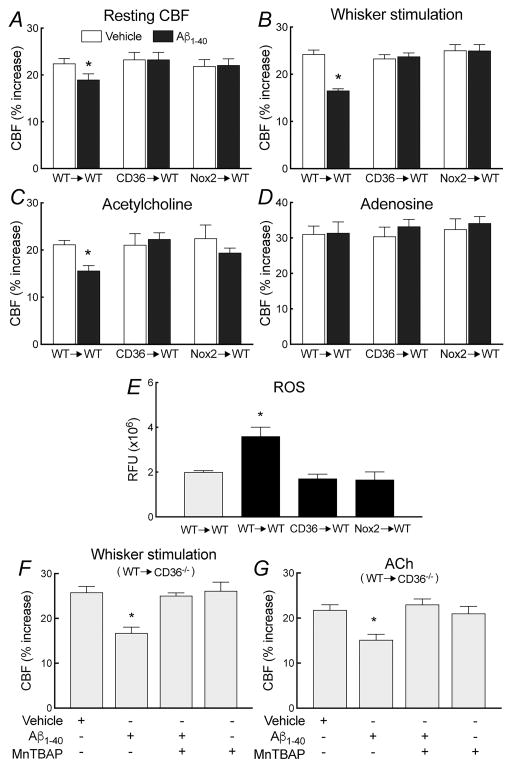Figure 5. Deletion of CD36 or Nox2 in PVM ameliorates the neurovascular dysfunction and vascular oxidative stress induced by Aβ1-40 superfusion in WT mice.
In WT→WT mice, cerebrovascular response to whisker stimulation, ACh, and adenosine do not differ from those of naïve WT mice (A–D). Furthermore, Aβ1-40 superfusion attenuates resting CBF and CBF responses to whisker stimulation and ACh, but not adenosine (A–D). However, these cerebrovascular effects of Aβ1-40 are not observed in CD36→Tg and Nox2→Tg chimeras (A–D). Aβ1-40 increases cerebrovascular ROS production WT→WT, but not in CD36→Tg and Nox2→Tg mice (E). Transplant of WT (CD36+/+) BM is able to re-establish the neurovascular dysfunction induced by Aβ in CD36−/− mice (WT→CD36−/−), an effect counteracted by neocortical superfusion of the ROS scavenger MnTBAP (50μM) (F,G). RFU, relative fluorescence units; *p<0.05 from vehicle (A–D), CD36→WT, or Nox2→WT (F,G); ANOVA and Tukey’s test; n=5–6/group.

